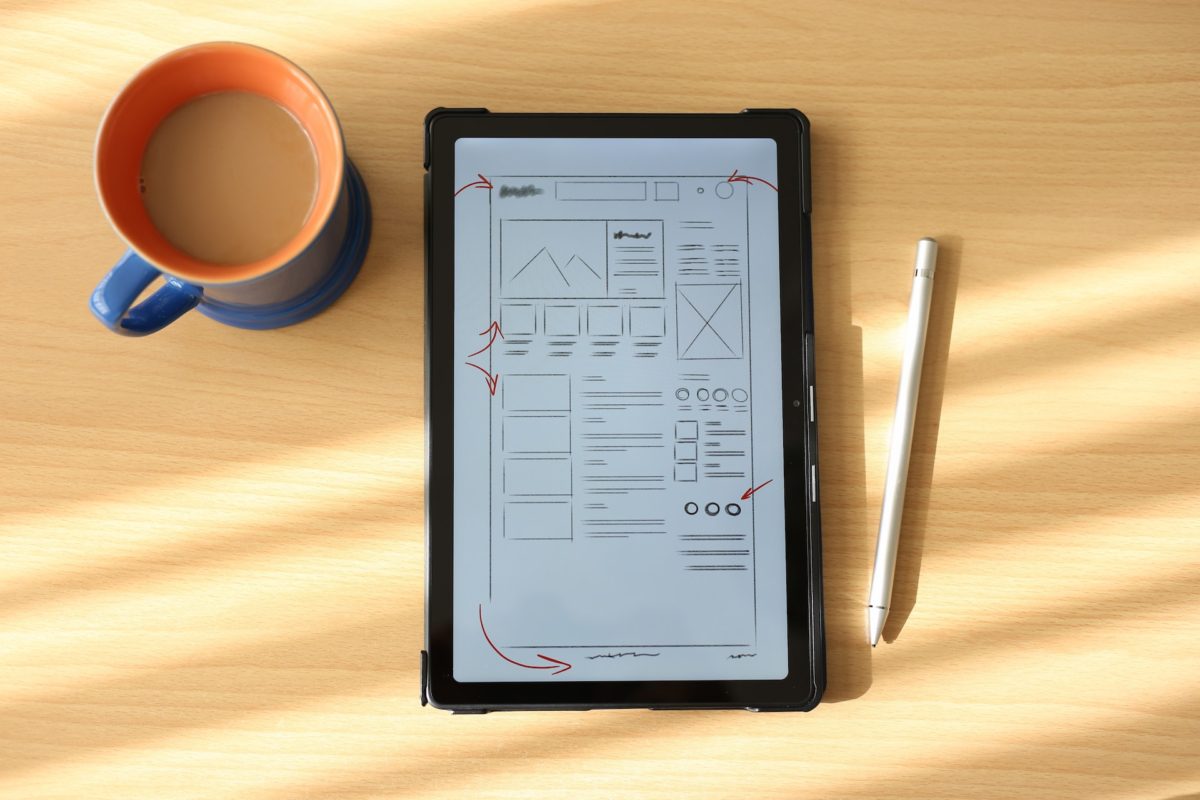Creating a website that is both functional and aesthetic is not an easy task. In this article, we will guide you through the process of preparing a site outline step by step.
It’s time to get real: 74% of high-growth startups fail to because of premature scaling.
It’s hard to believe that apps like Airbnb or Uber were at first really simple. From the perspective of consumers, they just appeared on the market and instantly gained global popularity. But that’s far from the truth.
Before rolling out a full-fledged product, the creators of these apps developed simple versions that included only core features to find the product-market fit and get feedback. Gradually, these primitive apps grew into the sophisticated products we know today.

These founders succeeded because they avoided premature scaling. Instead, they opted for the Eric Ries-inspired lean startup methodology and started small by developing a Minimum Viable Product (MVP).
Here are 4 good reasons why you should start all your projects with an MVP.
But first, what is an MVP?
A Minimum Viable Product is a product with a minimum set of features that help users solve a problem or achieve a goal. Building an MVP means that you’ll be stripping your product down to its core functions.
The idea is to spend as few resources as possible to get the first version of your product out there, so you get useful feedback from the first users. An MVP allows testing your ideas in real market conditions before you invest in the full product. It also helps to understand the needs of your audience better and offers you an opportunity to fit your product to them.
Now that you know what an MVP is, let’s have a look at these critical benefits it brings to startup founders and other leaders looking to launch a brand new product.
1. MVP development helps to identify the core value proposition
Starting with an MVP has one clear advantage – it forces you to think what your product is really about. You can’t pack it with all the features you had in mind. You need to decide which of them are must-haves and which ones are only extra. It’s the must-have features that solve the problem of your target audience and define your core value proposition.
Developing an MVP offers the opportunity to examine your vision and define the value you want to provide. Once you know that, you’ll be able to set clear targets and decide which features need to be developed first to test your value proposition. By doing all that, you’ll avoid the risk of launching a full-fledged product only to learn that nobody really needs it.
2. It saves you time and money on rework
If you invest in building all the core and extra features right from the start, your value proposition might become unclear and impact the initial user experience with your product negatively. Early adopters buy a product because it helps them solve a problem, not because of its fringe features and fantastic design.
The work that goes into developing an MVP helps to avoid the risk of building unwanted features that don’t bring significant value. Moreover, by introducing a full product to market, you might find out that customers don’t want it. Building a product is already costly, and reworking an app like that takes a lot of time.
If you verify your assumptions with a simple MVP, the amount of potential rework is minimal. That’s why it makes sense to keep your initial product release minimal and the subsequent releases incremental – it enables you to stay more nimble and responsive to the market.
3. An MVP helps to engage with customers sooner
When it comes to the technology adoption lifecycle, it makes sense to target early adopters with an early version of your product – an MVP. Instead of building all the features you can think of, create an MVP for early adopters to start building customer relationships sooner. Targeting early adopters is the best strategy for creating a buzz around your product.
4. It allows testing your business model and key processes
Bringing your product to market fast means that you’ll get to test your marketing approach and sales channels sooner. Improving them is critical for your product to gain traction on the market.
An MVP allows testing all business functions to help your team focus on improving the weakest functions. It helps to test your business model assumptions on metrics such as customer acquisition cost and customer lifetime value. That way you can ensure that all aspects of your business are performing well before scaling – and avoid becoming one of the premature scaling victims!
Investing in an MVP is a smart move
An MVP helps to test your product idea in real market conditions before you go all the way and invest in the full product. It helps to release the product to the market sooner, saving you time and money by detecting risks at a relatively low cost. Most importantly, an MVP opens your product to real people who can offer you valuable feedback to implement improvements that will increase the chances of your success.
Are you looking for a development team experienced in building MVPs? Get in touch with us; we help startup founders and other leaders create quality MVPs with dedicated product development services.






